Fix: Microsoft Setup Bootstrapper Has Stopped Working
The “Microsoft Setup Bootstrapper Has Stopped Working” error interrupts installing, updating, or removing Microsoft Office, causing it to crash unexpectedly. This happens when the Setup Bootstrapper, which starts applications using Microsoft technology, hits a problem and can’t finish its job.
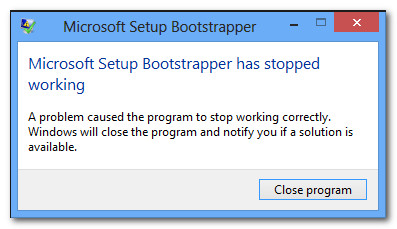
The main cause of this error is conflicting software, like third-party antivirus programs or leftover files from older Office versions. Other possible causes include damaged system files, wrong registry entries, or compatibility issues with system settings.
In this article, we will discuss different ways to solve this error.
1. Uninstall 3rd Party Antivirus (if applicable)
Antivirus software is meant to protect your system but can sometimes disrupt processes like Office installations. Removing third-party antivirus programs helps prevent them from blocking or interfering with the Setup Bootstrapper, allowing for a smoother installation.
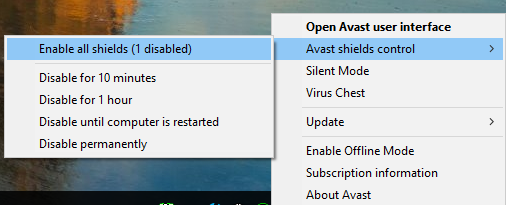
Follow this article on how to uninstall antivirus.
2. Use Microsoft Fix-It Tool
When installation errors continue, Microsoft’s Fix-It Tool can help. This automatic tool finds and fixes issues like conflicting registry entries or leftover Office files, clearing problems that stop the Setup Bootstrapper from working properly.
- Visit this link and download the .diagcab file by clicking the Download button.
- Once downloaded, double-click the .diagcab file to open it.
- At the first prompt, click Advanced and ensure the Apply repairs automatically box is checked. Then, click Next to proceed.
- Wait for the initial detection phase to complete, then click on Installing at the next prompt.
- Select the program you’re having issues with (likely Microsoft Office) and click Next.
- At the following screen, click Yes, try uninstall.
- Once the process is complete, restart your computer and check if the error message persists.
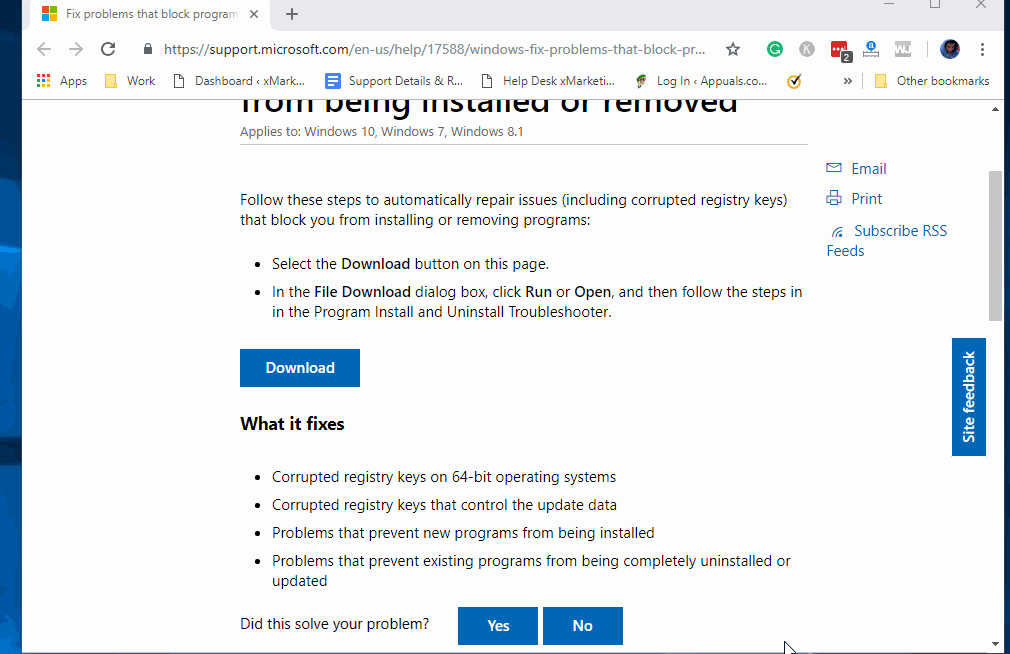
3. Uninstall IObit Software
Some third-party tools, like IObit software, can interfere with Office installations by changing important system files or settings. Removing IObit software helps prevent these conflicts, allowing the Microsoft Setup Bootstrapper to run smoothly for installations or updates.
- Press Windows key + R to open the Run dialog box. Type “appwiz.cpl” and press Enter to open the Programs and Features window.
- In the Programs and Features window, click the Publisher column at the top. This will sort applications by their publishers, making it easier to locate all IObit products.
- Right-click an IObit product, choose Uninstall, and follow the on-screen prompts to remove the software from your computer.
- Restart your computer and launch the application that was causing the ‘Microsoft setup bootstrapper has stopped working‘ error to see if the uninstallation was successful.
- If the error persists, return to the Programs and Features screen and uninstall the remaining IObit products until you find the one causing the conflict.
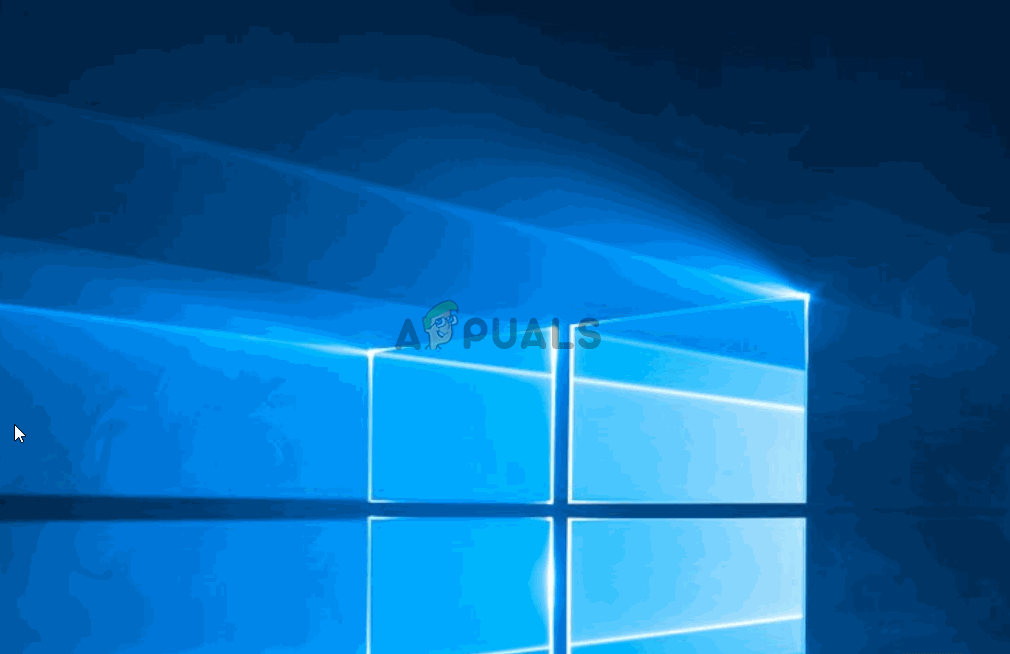
4. Re-enable Task Scheduler via Registry Editor
Restoring Task Scheduler is important because it runs necessary system tasks, including Microsoft Office setup. By adjusting the registry to turn Task Scheduler back on, you can fix issues where its disabled state interrupts the setup, allowing it to continue smoothly.
- Press Windows key + R to open the Run dialog. Type “regedit” and press Enter to access the Registry Editor. Click Yes when prompted by UAC (User Account Control) for administrative access.
- In the Registry Editor, expand the HKEY_LOCAL_MACHINE key and access the SYSTEM key.
- Navigate to the Schedule key folder by going to CurrentControlSet > Services > Schedule.
- In the right-hand pane with the Schedule key selected, double-click on the Start value.
- Change the Value data of Start to 2 and ensure the Base is set to Hexadecimal.
- Click OK to save changes, close the Registry Editor, and restart your computer.
- After restarting, open the application/installer that was previously causing the error to see if the issue is resolved.
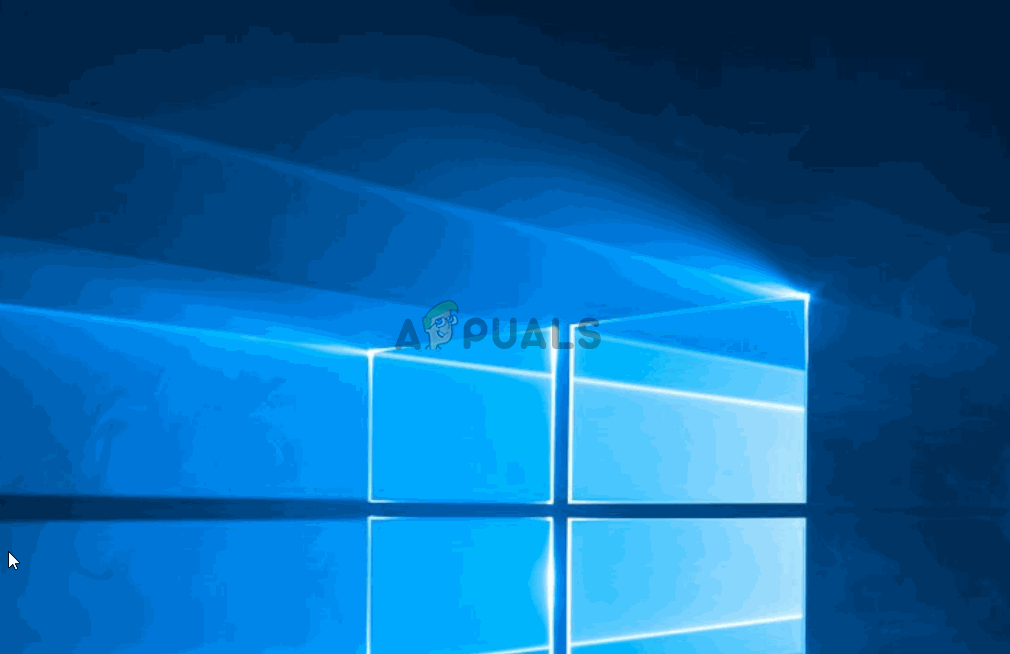
5. Uninstall Office Installation & Delete the AppCompatFlags Key
Removing leftover files from old installations can resolve setup problems. Uninstalling Office and deleting the AppCompatFlags registry key removes compatibility settings that might cause the Bootstrapper to fail, providing a clean slate for reinstallation.
- Press Windows key + R to open the Run dialog. Type “appwiz.cpl” and press Enter to open Programs and Features.

Type appwiz.cpl and Press Enter to Open Installed Programs List - In the Programs and Features window, find Microsoft Office, right-click it, and choose Uninstall.

Uninstalling Microsoft Office - Follow the on-screen instructions to finish the uninstallation, then restart your computer.
- After restarting, press Windows key + R again to open another Run dialog. Type “regedit” and press Enter to open the Registry Editor. When prompted by UAC (User Account Control), click Yes to allow administrative access.

Running the Registry Editor - In the Registry Editor, navigate to:
HKEY_LOCAL_MACHINE\SOFTWARE\Microsoft\Windows NT\CurrentVersion\AppCompatFlags
Note: You can navigate manually or paste the address into the navigation bar and press Enter.
- Right-click on the AppCompatFlags key and select Export. Save the file to a convenient location for backup.

Exporting the AppCompatFlags key Note: This backup step is precautionary, in case the registry changes cause issues.
- Right-click on AppCompatFlags again and choose Delete.
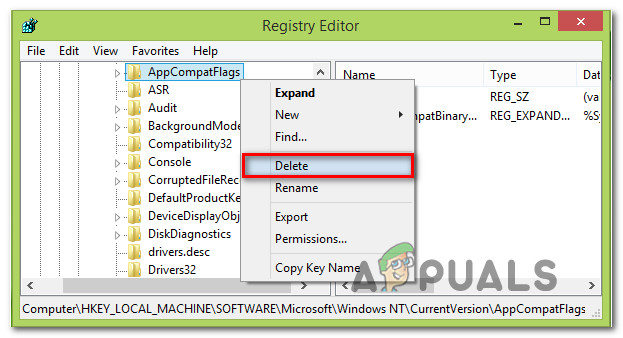
Deleting the AppCompatFlags key - After deleting the key, close the Registry Editor and reboot your computer. At the next startup, check if you can open the Office application without encountering the ‘Microsoft setup bootstrapper has stopped working’ error.
6. Open the Setup.exe in Compatibility Mode
Running the setup in compatibility mode helps avoid conflicts with newer system setups by simulating a compatible environment. This can fix issues caused by outdated or unsupported parts of the current operating system.
- Open File Explorer and locate the Office installation folder.
- Right-click Setup.exe and select Properties.
- Go to the Compatibility tab and check Run this program in compatibility mode for.
- Select the recommended Windows version and click OK.
- Run the installer again and complete the setup.





